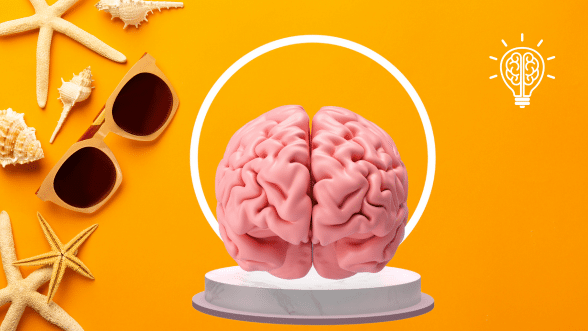What is Neuroplasticity?
- Neuroplasticity is the brain’s ability to reorganize itself by forming new neural connections throughout life.
- This adaptability allows the brain to compensate for injury, adjust to new learning experiences, and enhance cognitive functions.
- Neuroplasticity is crucial for both students, who can benefit from improved learning abilities, and professionals, who can use it to acquire new skills.
How does Neuroplasticity impact learning and development?
- Learning New Skills: This enables the brain to learn new skills by creating and strengthening connections between neurons.
- Recovery from Injury: After a brain injury, this allows other parts of the brain to take over functions that were lost, aiding in recovery.
- Adaptation to Change: It helps individuals adapt to changes in their environment or job, by allowing the brain to adjust and reorganize its structure based on new experiences.
- Cognitive Enhancement: Through activities such as mental exercises, problem-solving, and new learning experiences, this can improve cognitive abilities.
How can coaching leverage Neuroplasticity for personal and cognitive growth?
- Coaching can provide strategies to stimulate neuroplasticity, such as engaging in challenging cognitive tasks, learning new skills, and practicing mindfulness.
- For students, coaching might focus on using neuroplasticity to enhance study techniques, improve memory retention, and overcome learning difficulties.
- For professionals, coaching can help in developing new skills, adapting to career changes, and maintaining cognitive flexibility, leading to personal and professional growth.
- Overall, coaching helps individuals harness the power of this to achieve their learning goals and improve their cognitive functions.




